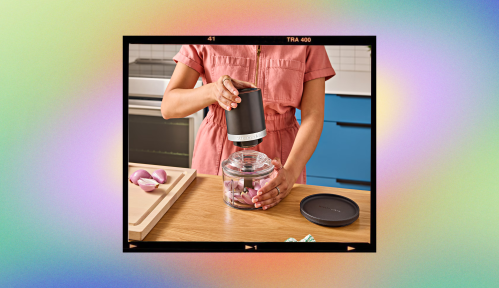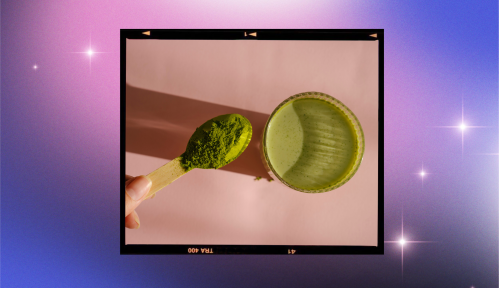Our editors independently select these products. Making a purchase through our links may earn Well+Good a commission
A Sushi Master Reveals Everything You Need To Make Top-Notch Sushi At Home
Chef Nick Sakagami, author of Sushi Master, reveals the five homemade sushi tools worth buying. Plus, links to purchase each one.

The foundation for cooking any great meal comes down to having the right ingredients, technique, and tools. Making sushi is no different. On the ingredients side, it’s vital to have rice, nori, the veggies of your choice, and fresh fish ready to be sliced and rolled.
Experts in This Article
Nick Sakagami is a chef and the author of Sushi Master: An Expert Guide to Sourcing, Making, and Enjoying Sushi At Home.
Nick Sakagami, chef and author of Sushi Master: An Expert Guide to Sourcing, Making, and Enjoying Sushi At Home, says having the right fish on hand is especially imperative. “Sourcing good fish is important,” he says. “When the fish is good, you don’t need to do much. Let the fish speak to itself.” Pro tip: Look for labels by Marine Stewardship Council, which takes into account codes and guidelines provided by the UN Food and Agriculture Organization (FAO), ISEAL, and the Global Sustainable Seafood Initiative (GSSI) to ensure your fish is sustainably sourced.
The fish is also a major reason why sushi is so nutritious. Top functional medicine doctor Mark Hyman, MD, calls fish the “best brain food.” “Seafood is one of the best dietary sources of protein around, and it’s chock-full of nutrients like iodine, selenium, vitamin D, and B12,” he says. So yes, you can 100 percent consider sushi for dinner doctor-approved.
But having the right ingredients is only part of being prepared; you need the right cooking tools, too. When it comes to homemade sushi tools, no one knows better than Sakagami. Here, he gives a complete rundown of exactly what you need. Consider it your official sushi-making checklist. You’re so close to enjoying delicious, homemade sushi at home.
5 homemade sushi tools everyone needs, according to a sushi master

Imarku Santoku Knife — $38.00
A Santoku knife is a Japanese all-purpose kitchen knife and Sakagami says it’s crucial for sushi-making. A Santoku knife is different from a chef’s knife because the blade is typically made from Japanese steel, which is thinner and harder than a chef’s knife’s blade. Santoku knives are also designed to be used in a more up-and-down slicing style for ultimate precision, which is why they have a flatter blade. Chef’s knives, on the other hand, have a curved blade meant for rocking back and forth.
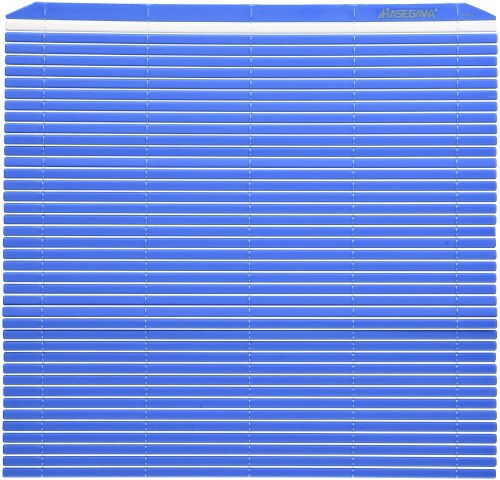
Hasegawa Sushi Rolling Mat — $30.00
While many professional sushi chefs in restaurants use bamboo mats, Sakagami says plastic ones are great for at-home use. “They’re more practical and sanitary because you can wash them with hot water,” he says.
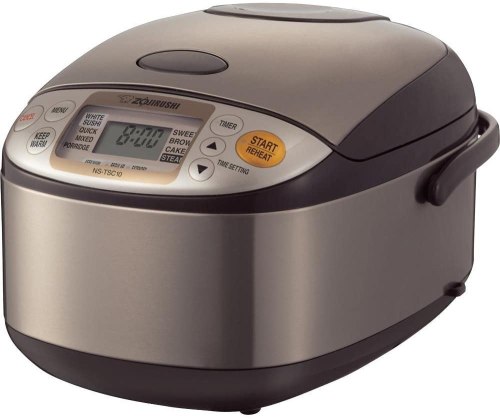
Zojirushi Rice Cooker — $176.00
When making the rice for your sushi, Sakagami says a rice cooker, like this one, comes in handy. “The computerized Japanese ones are worthy of the cost and convenient because they’ll make it how you like it but you can steam rice in the old fashion way, too,” he says.

Kitchgather Sushi Oke — $24.00
“Sushi oke is a good tool when you’re making sushi for a large number of people,” Sakagami says. A sushi oke is a flat-bottomed wooden bowl where the rice is seasoned with rice vinegar. “For family use, you can use the plastic or metal rice cooker instead of a sushi oke,” Sakagami says. If you do invest in a sushi oke, Sakagami says it’s important to keep the wood dry after using it to make sure bacteria doesn’t grow. That means you should dry it straight after washing.
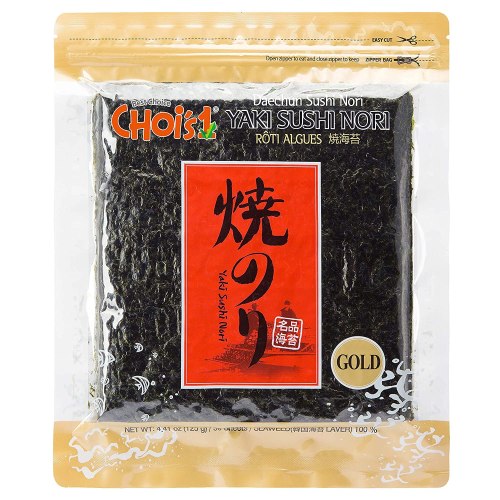
Choi's Nori, Gold Grade — $15.00
Most types of sushi require nori, aka dried edible seaweed. “Nori is like caviar. You get what you pay for,” Sakagami says. He recommends buying gold-grade nori. The one here comes in a resealable bag, which will keep the nori you don’t use crisp until your next sushi-making night.
For basic sushi-making, Sakagami says this is really all you need. The only other recommendation he adds is stocking up on rice vinegar, soy sauce, mirin, and wasabi. (He adds that his cookbook has tips on how to use them to perfectly flavor your sushi.) “But you don’t need many condiments to make it taste good,” he says. “That’s why sushi is so healthy.”
That’s the beauty of sushi; it proves that delicious, nutrient-rich meals don’t have to be complicated. All you need are a few ingredients and the right tools. It’s so easy you just might be inspired to make sushi night a regular occurrence.
Oh hi! You look like someone who loves free workouts, discounts for cutting-edge wellness brands, and exclusive Well+Good content. Sign up for Well+, our online community of wellness insiders, and unlock your rewards instantly.
Sign up for the Well+Good SHOP Newsletter
Get exclusive deals on wellness, beauty, fitness, and food products that have been hand-picked by our editors.
Got it, you've been added to our email list.


